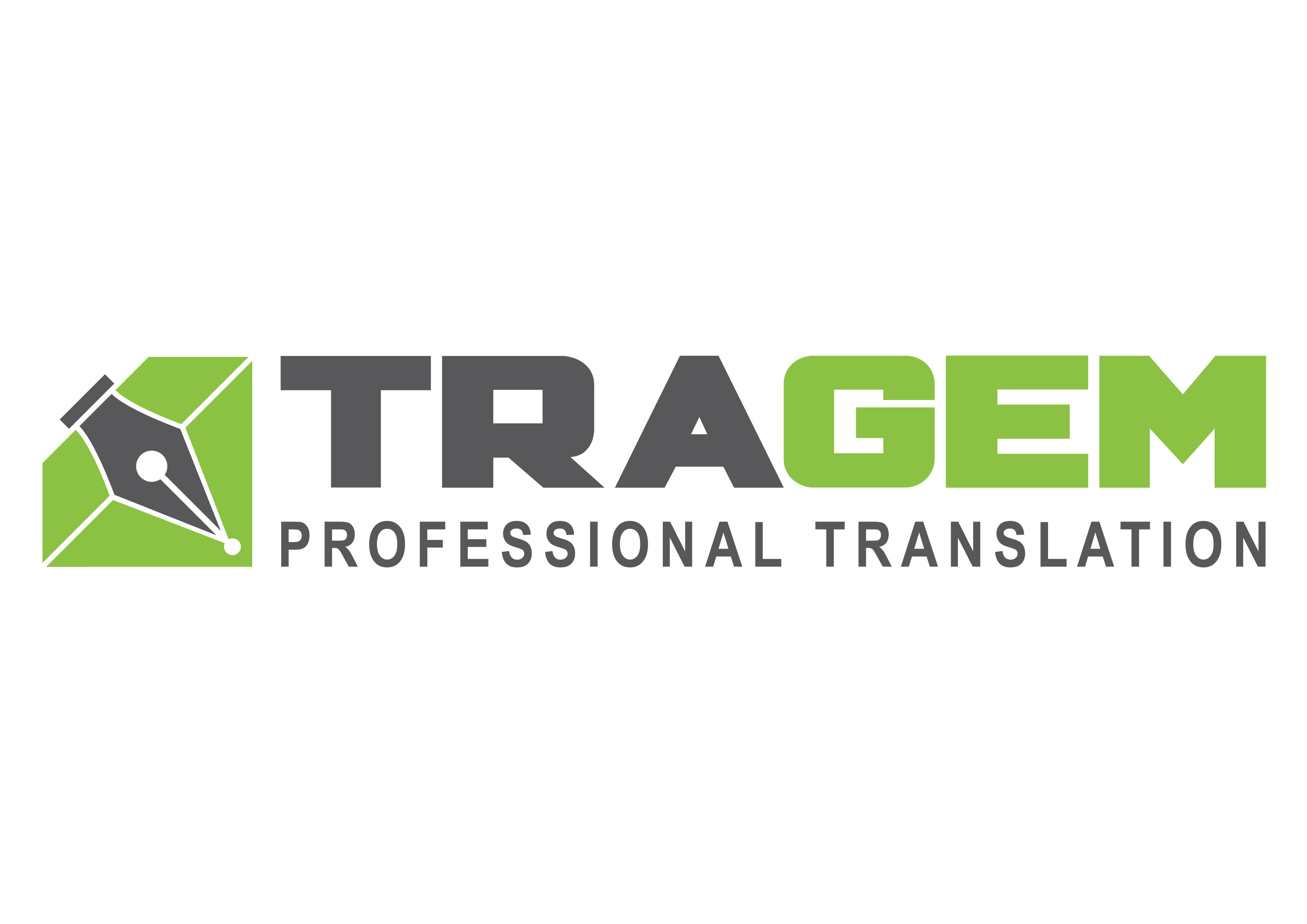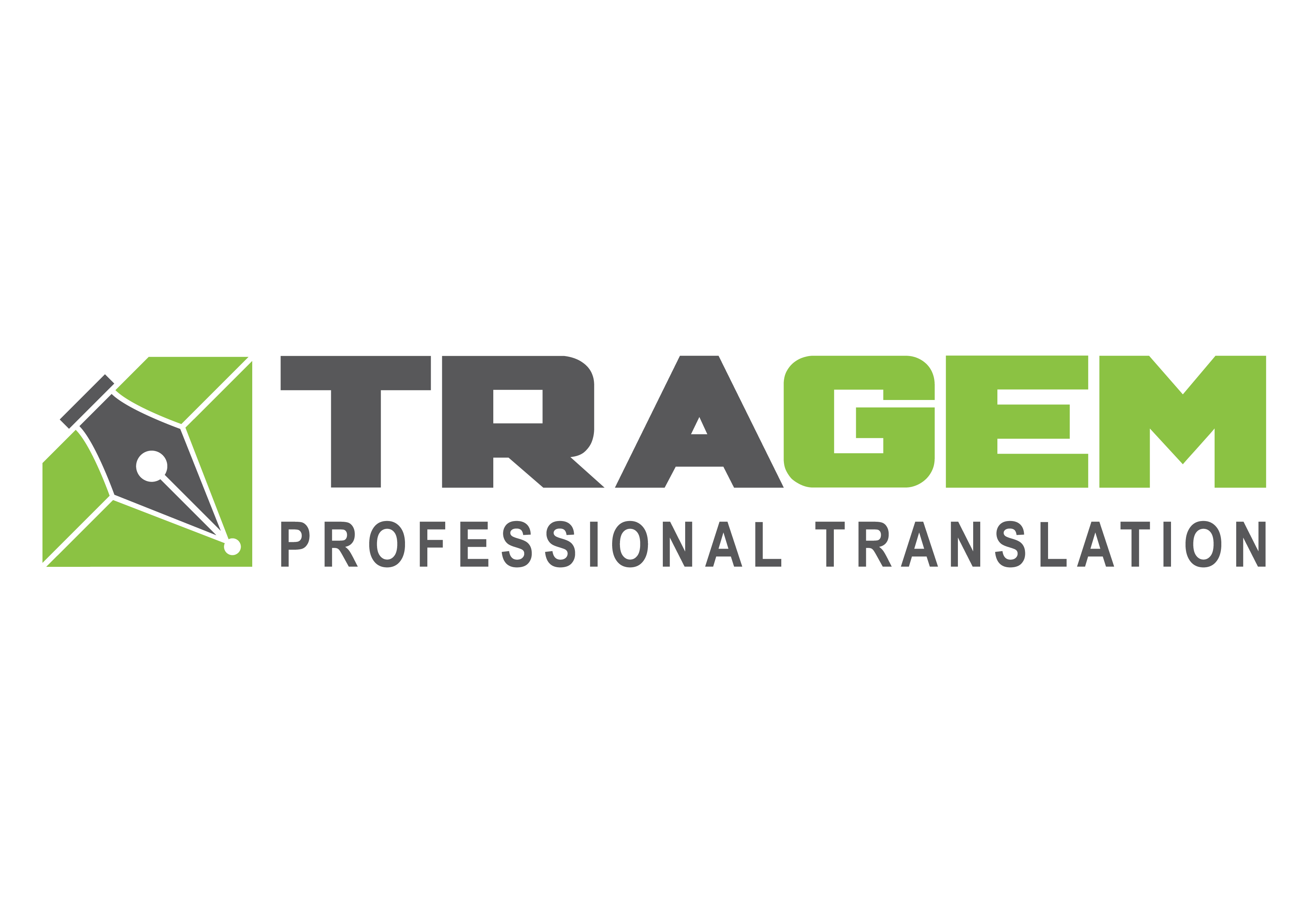Cultural Branding
Navigating Diversity in MEA Markets
In the vibrant and culturally rich landscape of the Middle East and Africa (MEA), successful branding strategies must go beyond mere marketing tactics; they must embrace and celebrate the diverse cultural tapestry that defines the region. From traditional customs and religious beliefs to contemporary trends and societal values, cultural nuances shape consumer perceptions and purchasing behaviors, making it imperative for brands to adopt culturally sensitive branding strategies tailored to MEA markets.

One of the fundamental principles of cultural branding in the MEA region is authenticity. Authenticity resonates deeply with consumers across the region, who value brands that demonstrate a genuine understanding and appreciation of their cultural heritage. By incorporating elements of local culture, language, and tradition into their branding efforts, companies can forge stronger connections with MEA consumers, earning their trust and loyalty in the process.
Moreover, cultural sensitivity is essential when developing branding strategies for MEA markets. Each country within the region boasts its own unique cultural norms, taboos, and sensitivities that must be respected and acknowledged. Brands must conduct thorough research and engage with local communities to gain insights into cultural preferences and avoid inadvertently offending or alienating their target audience.
Furthermore, storytelling plays a crucial role in cultural branding in the MEA region. Storytelling has been an integral part of MEA cultures for centuries, serving as a powerful medium for conveying values, beliefs, and traditions. Brands that weave compelling narratives rooted in local culture and heritage can capture the imagination of MEA consumers, creating emotional connections that transcend language and resonate on a deeper level.
In addition, collaboration with local influencers and cultural ambassadors can amplify the impact of branding efforts in MEA markets. Influencers who are respected and trusted within their communities can lend credibility to brands and help facilitate authentic connections with consumers. By partnering with influencers who embody the values and aspirations of their target audience, brands can leverage their influence to reach and engage MEA consumers effectively.
In conclusion, cultural branding strategies in the MEA region require a nuanced understanding of the diverse cultural landscapes and consumer dynamics prevalent across different countries and communities. By embracing authenticity, cultural sensitivity, storytelling, and collaboration with local influencers, brands can create meaningful connections with MEA consumers, driving brand affinity, loyalty, and success in this dynamic and rapidly evolving market. As brands navigate the complexities of MEA markets, cultural branding serves as a powerful tool for building trust, fostering engagement, and leaving a lasting impression on consumers across the region.



